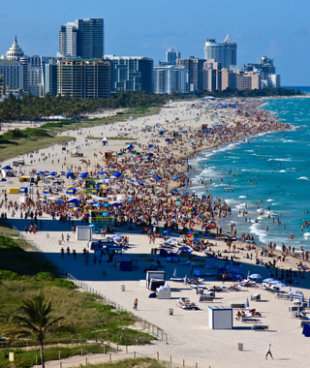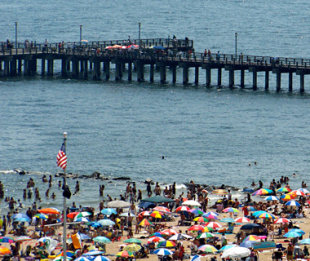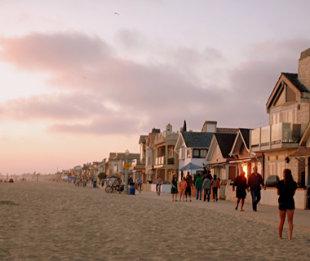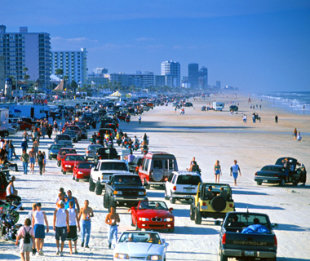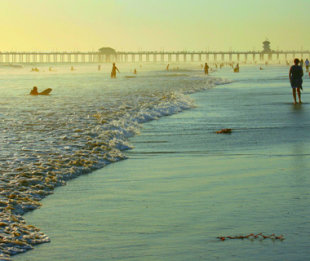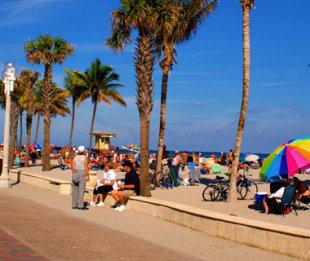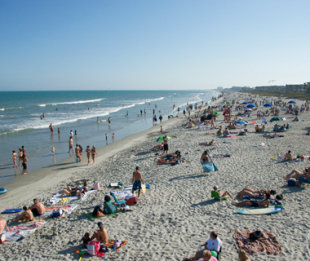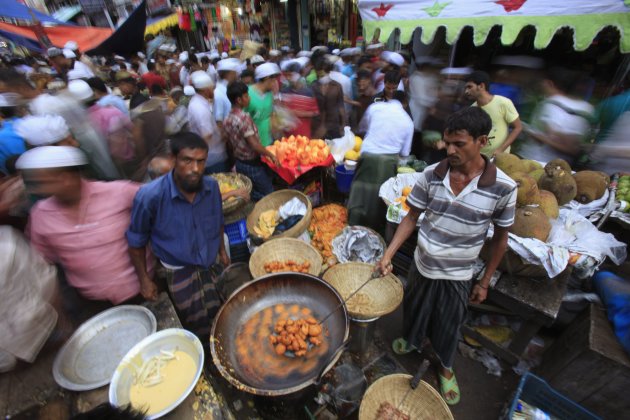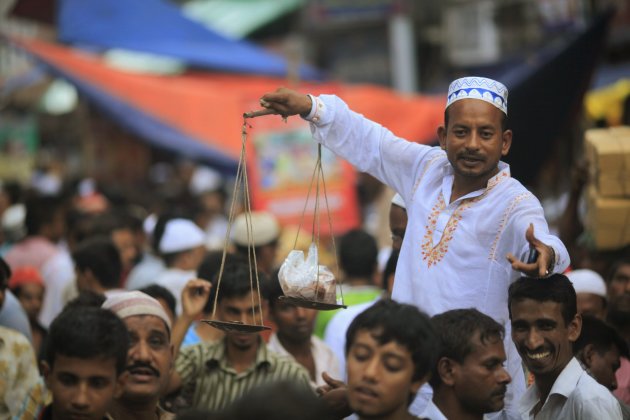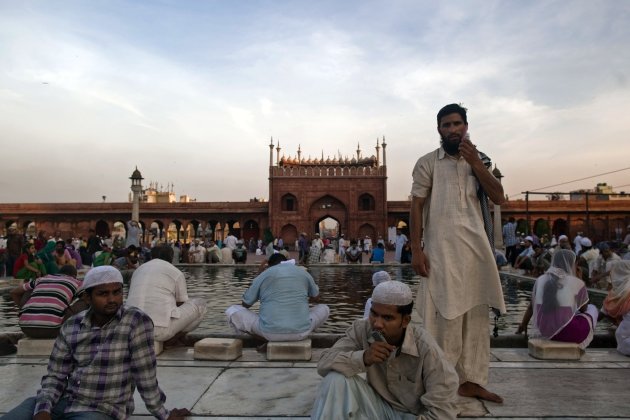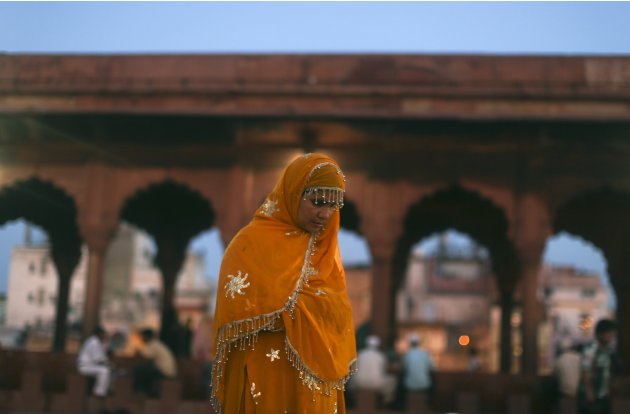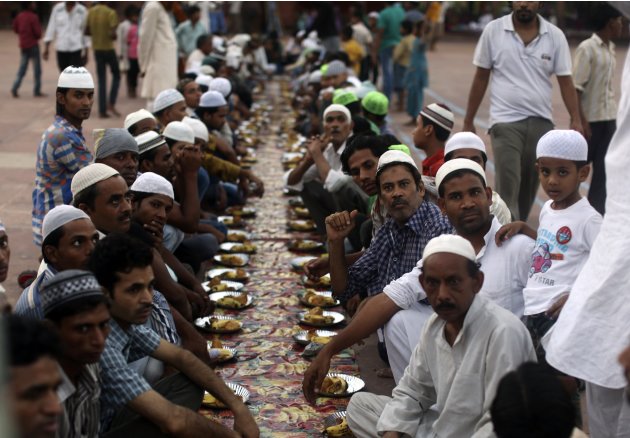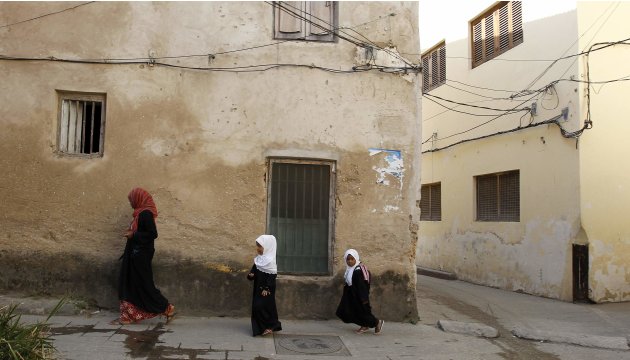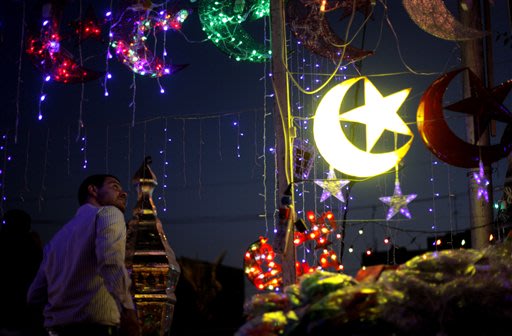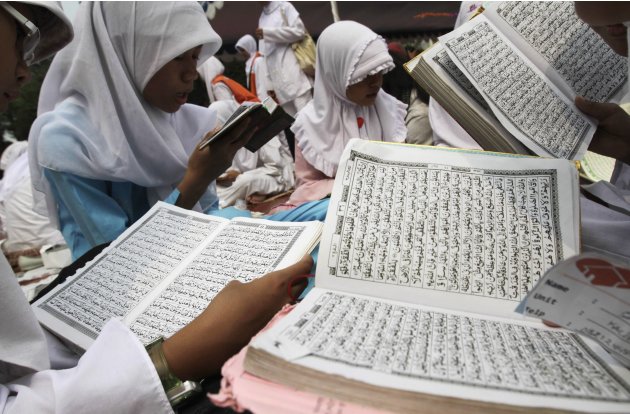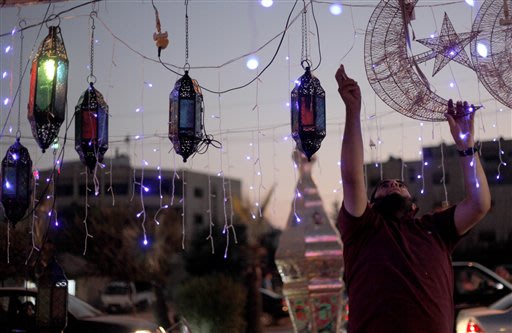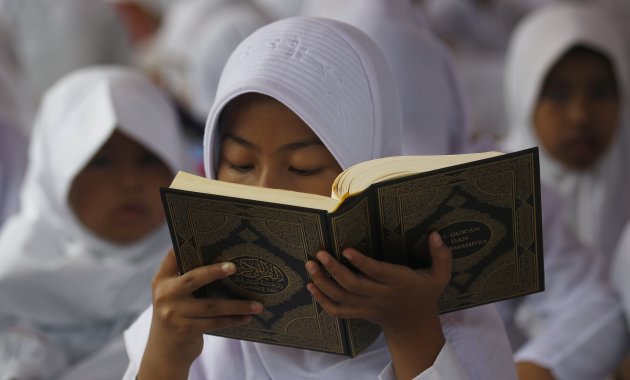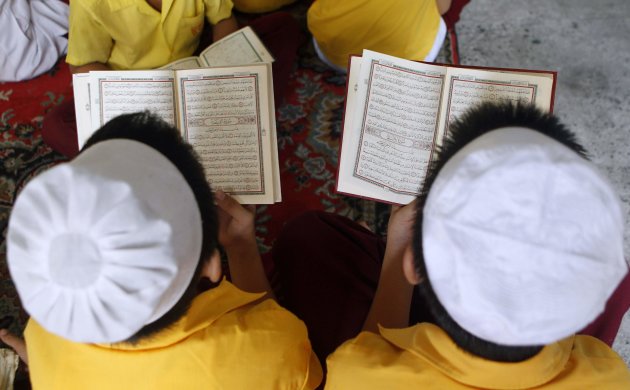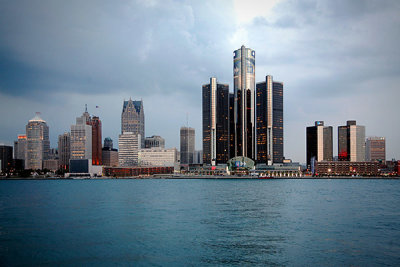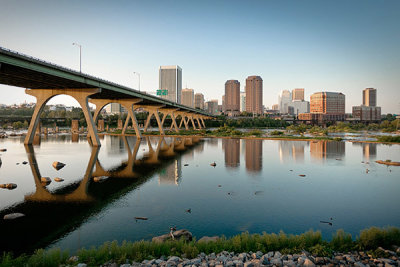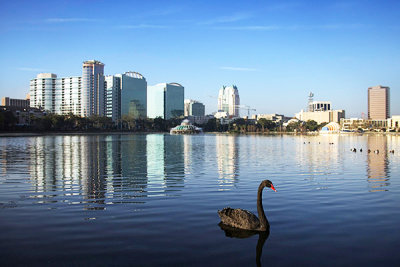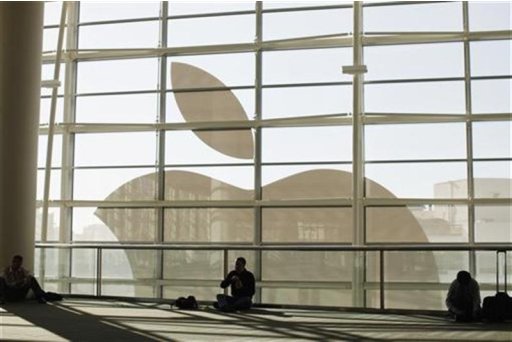The state of Florida has the greatest number of congested beaches on our list; its two coastlines offer seemingly endless stretches of sand, from Miami’s party scene to secluded Caladesi Island. But it’s California that claims the questionable honor of America’s No. 1 most crowded beach: Venice Beach, to be precise, which attracts 16 million sunbathers, fortune-tellers, street performers, and people-watchers every year.
If you’re heading to any of these beaches, try to time it right by skipping the weekends or going early in the morning—so that you can appreciate the combination of natural beauty and boardwalk amusements that made these beaches popular in the first place.
See more of America's most crowded beaches
1) Venice Beach, CA
Annual Visitors: 16,000,000
It can be hard to tell the sunbathers from the fortune-tellers, artists, vendors, and assorted street life that populates America’s most crowded beach. Whether you’ve come to surf the Venice Breakwater, play a little basketball, or people-watch while strolling the boardwalk, it helps if you’re not claustrophobic.
Source: L.A. Beaches & Harbors
Annual Visitors: 16,000,000
It can be hard to tell the sunbathers from the fortune-tellers, artists, vendors, and assorted street life that populates America’s most crowded beach. Whether you’ve come to surf the Venice Breakwater, play a little basketball, or people-watch while strolling the boardwalk, it helps if you’re not claustrophobic.
Source: L.A. Beaches & Harbors
2) Miami Beach, FL
Annual Visitors: 13,268,841
If you hope to make the scene this summer in Miami, get in line because so do millions of other visitors. The preening and posing might be most competitive at South Beach, but there are 15 other beaches, such as Bal Harbour and Sunny Isles, where visitors and residents of South Florida negotiate for a little R&R space.
Source: U.S. Lifesaving Association
Annual Visitors: 13,268,841
If you hope to make the scene this summer in Miami, get in line because so do millions of other visitors. The preening and posing might be most competitive at South Beach, but there are 15 other beaches, such as Bal Harbour and Sunny Isles, where visitors and residents of South Florida negotiate for a little R&R space.
Source: U.S. Lifesaving Association
3) Coney Island, Brooklyn, NY
Annual Visitors: 11,164,975
Coney Island began attracting the masses in the 1830s and shows no sign of losing its singular appeal nearly two centuries later. Amusement rides both new (Luna Park’s Scream Zone) and old (Cyclone roller coaster), Nathan’s Hot Dogs, and Cyclones baseball games are persuasive reasons to brave those crowds.
Source: U.S. Lifesaving Association
Annual Visitors: 11,164,975
Coney Island began attracting the masses in the 1830s and shows no sign of losing its singular appeal nearly two centuries later. Amusement rides both new (Luna Park’s Scream Zone) and old (Cyclone roller coaster), Nathan’s Hot Dogs, and Cyclones baseball games are persuasive reasons to brave those crowds.
Source: U.S. Lifesaving Association
4) Newport Beach, CA
Annual Visitors: 9,446,850
Back in 1905, the Pacific Electric Railway started bringing beachgoers to this stretch of Orange County. Now they arrive by different means, but in far greater numbers, crowding the strands of Corona del Mar State Beach and Crystal Cove State Park, while surfers stake out the area between Newport Pier and the Santa Ana River. But whether you’re trying to jog on the boardwalk or jockey for space at The Wedge for a little bodysurfing, show up early to avoid the masses.
Source: U.S. Lifesaving Association
Annual Visitors: 9,446,850
Back in 1905, the Pacific Electric Railway started bringing beachgoers to this stretch of Orange County. Now they arrive by different means, but in far greater numbers, crowding the strands of Corona del Mar State Beach and Crystal Cove State Park, while surfers stake out the area between Newport Pier and the Santa Ana River. But whether you’re trying to jog on the boardwalk or jockey for space at The Wedge for a little bodysurfing, show up early to avoid the masses.
Source: U.S. Lifesaving Association
5) Daytona Beach, FL
Annual Visitors: 8,000,000
Not everyone is a NASCAR fan in Daytona, the headquarters for the sport. It just seems that way on this famed beach with hard-packed sand that permits cars and has been the epicenter of motor sports for decades. Keep your eyes peeled for cars as well as 8 million fellow humans, especially during events like the NASCAR Coke Zero 400 race each July.
Source: Daytona Beach Area Convention & Visitors Bureau
Annual Visitors: 8,000,000
Not everyone is a NASCAR fan in Daytona, the headquarters for the sport. It just seems that way on this famed beach with hard-packed sand that permits cars and has been the epicenter of motor sports for decades. Keep your eyes peeled for cars as well as 8 million fellow humans, especially during events like the NASCAR Coke Zero 400 race each July.
Source: Daytona Beach Area Convention & Visitors Bureau
6) Huntington Beach, CA
Annual Visitors: 7,936,526
Strap the longboard to the roof, you’re in Surf City USA. HB, as it’s also known, has 8.5 miles of sandy beach and is the heart and soul of America’s surfing culture, with some of the best surf breaks in California. On the flip side, that means this is one of the state’s most consistently packed beaches.
Source: U.S. Lifesaving Association
Annual Visitors: 7,936,526
Strap the longboard to the roof, you’re in Surf City USA. HB, as it’s also known, has 8.5 miles of sandy beach and is the heart and soul of America’s surfing culture, with some of the best surf breaks in California. On the flip side, that means this is one of the state’s most consistently packed beaches.
Source: U.S. Lifesaving Association
7) Hollywood, FL
Annual Visitors: 7,727,987
The 2.5-mile-long terracotta-colored path skirting this white-sand beach qualifies as one of America’s best beach boardwalks. But expect to find tons of joggers, skaters, and cyclists, not tranquility. The Jet Ski rental shops and restaurants like Le Tub do big business, and even the coral reef off Greene Street can seem crowded at the worst of times.
Source: U.S. Lifesaving Association
Annual Visitors: 7,727,987
The 2.5-mile-long terracotta-colored path skirting this white-sand beach qualifies as one of America’s best beach boardwalks. But expect to find tons of joggers, skaters, and cyclists, not tranquility. The Jet Ski rental shops and restaurants like Le Tub do big business, and even the coral reef off Greene Street can seem crowded at the worst of times.
Source: U.S. Lifesaving Association
8) Waikiki Beach, HI
Annual Visitors: 7,535,000
Framed by Diamond Head, one of the world’s most climbed (extinct) volcanoes, and with nearly two miles of continuous white sand and palm trees, this iconic Hawaiian beach fills up with tourists and surfers. It is deepest, about 100 feet, in front of the bright pink Royal Hawaiian Hotel. The bathtub-temp turquoise water is ideal for swimming, and waves are usually gentle.
Annual Visitors: 7,535,000
Framed by Diamond Head, one of the world’s most climbed (extinct) volcanoes, and with nearly two miles of continuous white sand and palm trees, this iconic Hawaiian beach fills up with tourists and surfers. It is deepest, about 100 feet, in front of the bright pink Royal Hawaiian Hotel. The bathtub-temp turquoise water is ideal for swimming, and waves are usually gentle.
9) Jones Beach, NY
Annual Visitors: 5,100,000
Hugging the southern shoreline of Long Island, this 10-mile beach resembles Grand Central Station at rush hour on a hot Saturday in August. On those dog days of summer, you need to search hard for a place to spread out a towel that doesn’t infringe upon someone else’s turf.
Source: NY State Parks Department
Annual Visitors: 5,100,000
Hugging the southern shoreline of Long Island, this 10-mile beach resembles Grand Central Station at rush hour on a hot Saturday in August. On those dog days of summer, you need to search hard for a place to spread out a towel that doesn’t infringe upon someone else’s turf.
Source: NY State Parks Department
10) Brevard County, FL
Annual Visitors: 4,776,993
Sun-seekers in the Brevard area flock to the North Reach in Cape Canaveral, Cocoa Beach, and Melbourne Beach. Surfing is one popular draw, and an afternoon dip in the ocean pairs nicely with a morning devoted to another element—air—at the nearby NASA Kennedy Space Center.
Source: U.S. Lifesaving Association
See more of America's most crowded beaches
Annual Visitors: 4,776,993
Sun-seekers in the Brevard area flock to the North Reach in Cape Canaveral, Cocoa Beach, and Melbourne Beach. Surfing is one popular draw, and an afternoon dip in the ocean pairs nicely with a morning devoted to another element—air—at the nearby NASA Kennedy Space Center.
Source: U.S. Lifesaving Association
See more of America's most crowded beaches


